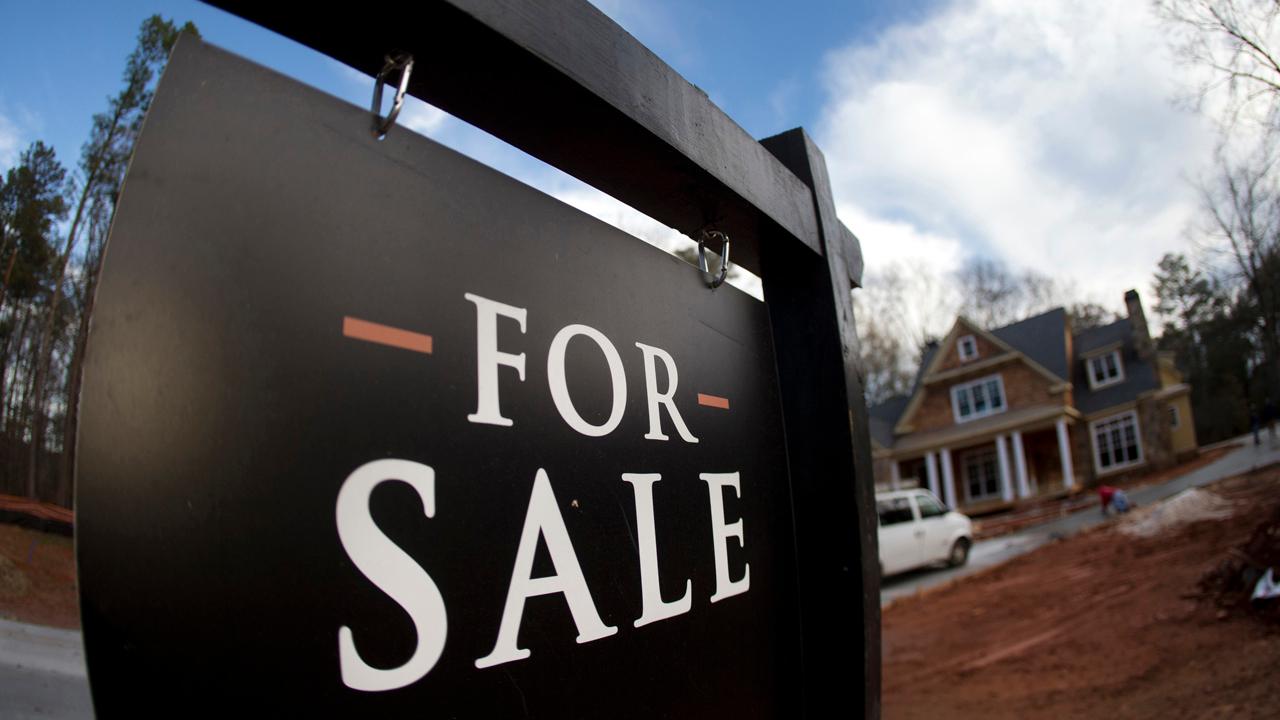Don't blame millennials for lukewarm housing market
The U.S. housing market is alive and well, and believe it or not, the so-called American Dream of homeownership remains intact -- even for millennials.
As our economy has slowly grown over the past ten years, the housing market has yet to return to the “glory days” of the past decade. Over the past 100 months we have experienced positive job growth. Moreover, GDP continues to post solid gains, with fourth quarter GDP growth beating consensus expectations at 2.6 percent.
Yet the housing market is not the driver of economic growth that it was a decade ago. In 2005, the housing investment and services represented 18.3 percent of GDP, in 2018 housing’s contribution to GDP comes in at 15 percent.
The pace of new construction has returned to long-term averages, however, the volume of housing starts remains far from the peak hit in January 2006. By the same token, sales volumes of both new and existing homes are similarly falling short of historical norms.
Given the data, the housing market appears to be sluggish, suggesting that the American Dream of homeownership may be fading. But homeownership remains very much desirable.
The real story
In fact, affordability is the true challenge facing would be homebuyers. Statistically speaking, the U.S. has formed more households (as measured by individuals moving out of their parent’s home) than we have built new housing stock. Cumulatively, according to the Census Bureau, there are more than 3.5 million individuals for whom new supply has not been built.
Rising prices are a simple function of supply and demand. And the result of this excess demand over supply has driven both home prices as well as apartment rents to historically high levels.
Other than rising prices, most of the housing recovery has been tepid. Before we get too excited about rising home prices, the pace of housing price growth has begun to slow measurably. Home prices in December 2018, according the Case-Shiller Index, have fallen to a four-year low of an annualized rate of 4.2 percent.
Sure, one could conclude that Americans have lost their appetite for home purchases. And while we’re jumping to conclusions, let’s blame it all on the millennials, as is often where the finger pointing turns. But in reality, free market dynamics need not be blamed on anyone.
Truth be told, as the millennials came of home-buying age, they found less supply of housing stock available for purchase than any previous generation. And while I’m coming to the defense of millennials, let’s remember the global financial crisis is a recent memory for much of this generation. Investment trepidation is reasonable emotion for those who saw friends and family lose fortunes in the housing market.
A decade later, those 37 and younger represent an increasing component of first-time homebuyers. In fact, according to the National Association of Realtors’ report, this cohort is the largest generational group of buyers, representing 34 percent of all first-time home buyers.
Yes, the American Dream is alive and well for these individuals, with a median age of 31, they don’t seem to be putting off the home purchase decisions. Perhaps the most recent evidence of the vibrancy of the American Dream is the uptick in the homeownership rate. In the fourth quarter of 2018, the percentage of Americans owning a home rose to the highest level in nearly five years, according to data published by the U.S. Census Bureau.
CLICK HERE TO GET THE FOX BUSINESS APP
While many analysts bemoan the myriad “disappointing” monthly housing starts, the silver lining for the economy suggests that its strong growth is being driven by consumer expenditures and business investment. Meanwhile, the slowing pace of growth in housing prices at a time when mortgage rates remain relatively low, paves the way for first-time home buyers to take the plunge in pursuit of the American Dream.
Mitch Roschelle is a partner and business development leader at PwC. He has over three decades of experience advising clients worldwide. He’s a frequent commentator on FBN and FNC on business trends, market behavior, housing, the economy and policy matters in the public and private sectors.




















